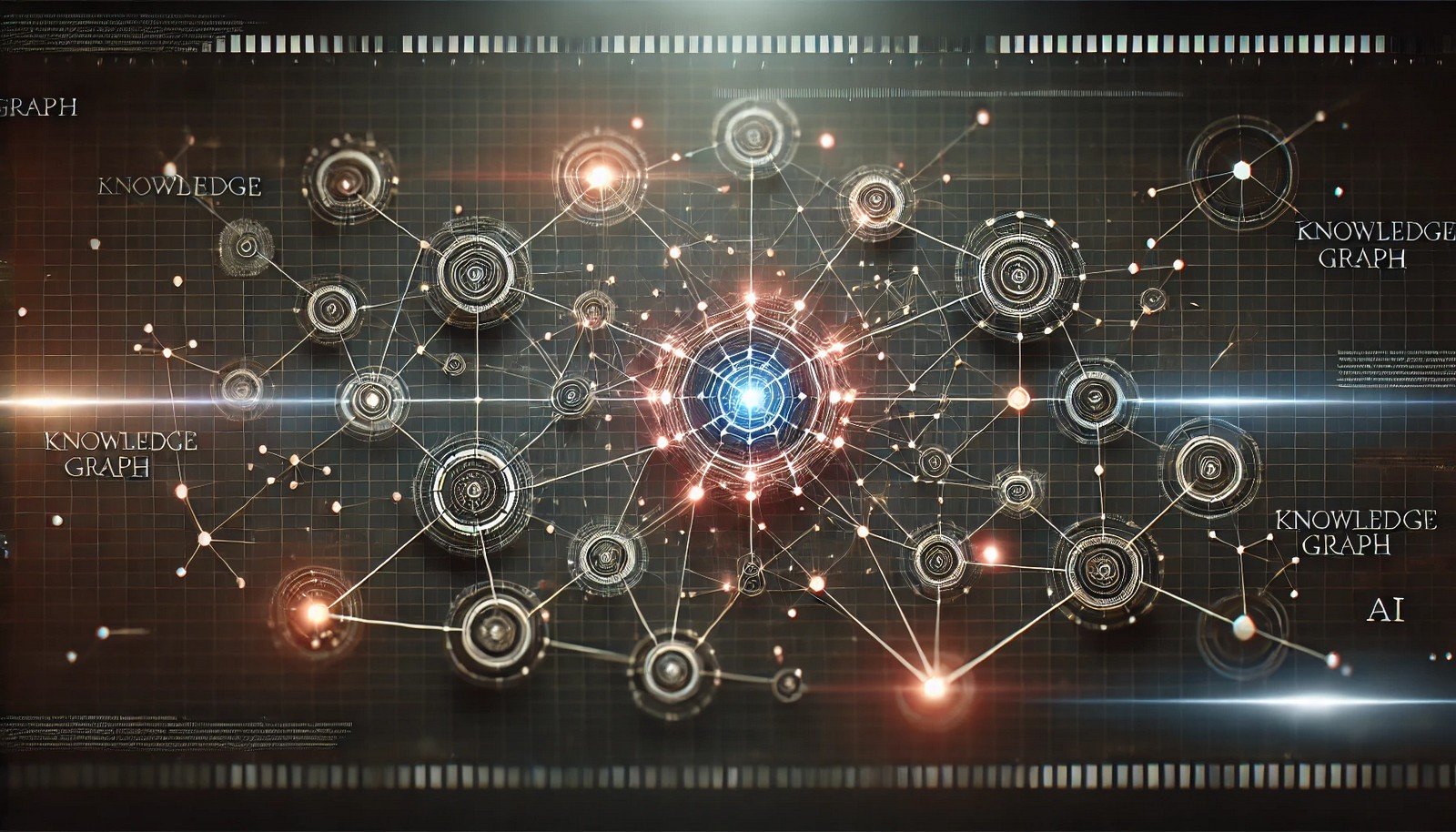Knowledge Graphs

Quick Navigation:
- Knowledge Graphs Definition
- Knowledge Graphs Explained Easy
- Knowledge Graphs Origin
- Knowledge Graphs Etymology
- Knowledge Graphs Usage Trends
- Knowledge Graphs Usage
- Knowledge Graphs Examples in Context
- Knowledge Graphs FAQ
- Knowledge Graphs Related Words
Knowledge Graphs Definition
Knowledge Graphs are data structures that connect and organize information by representing relationships between entities. Built on semantic networks, they allow for more contextual and interconnected data usage in AI and machine learning. This enables precise querying, advanced search functionalities, and a deeper understanding of data context. Knowledge Graphs are instrumental in applications like personalized search results, question answering, and recommendation systems.
Knowledge Graphs Explained Easy
Imagine a web where each strand connects important points. In a Knowledge Graph, these points are pieces of information, and the strands are relationships. For instance, if “Earth” and “Moon” are connected, the Knowledge Graph shows how they relate. It helps computers understand data relationships, making search engines smarter!
Knowledge Graphs Origin
Knowledge Graphs emerged from semantic web ideas, aimed at creating a more interconnected web. Early developments in the 2000s led to Google's major deployment of a Knowledge Graph in 2012, enhancing its search engine's ability to answer complex queries by linking data.
Knowledge Graphs Etymology
The term "Knowledge Graph" reflects its purpose: "Knowledge" denotes the information it organizes, while "Graph" represents the network structure connecting that information meaningfully.
Knowledge Graphs Usage Trends
In recent years, Knowledge Graphs have grown in popularity, especially within big tech. Search engines, chatbots, and AI applications benefit from their ability to understand and use vast amounts of data contextually. Industries such as healthcare, finance, and e-commerce also adopt Knowledge Graphs for their efficiency in managing and connecting diverse data.
Knowledge Graphs Usage
- Formal/Technical Tagging:
- Semantic Web
- Data Integration
- Graph Theory - Typical Collocations:
- "Knowledge Graph construction"
- "entity relationships in Knowledge Graphs"
- "building a Knowledge Graph"
- "Knowledge Graph for data interoperability"
Knowledge Graphs Examples in Context
- Search engines like Google use Knowledge Graphs to provide quick, related answers by connecting keywords with relevant information.
- In healthcare, Knowledge Graphs help link symptoms, diagnoses, and treatments, supporting more precise patient care.
- E-commerce platforms use Knowledge Graphs to suggest items related to previous searches, enhancing user experience and recommendations.
Knowledge Graphs FAQ
- What is a Knowledge Graph?
A Knowledge Graph is a data structure that organizes and connects information by showing relationships between entities. - How are Knowledge Graphs used in AI?
They help AI systems interpret data contextually, improving applications like search engines and chatbots. - What is the difference between a Knowledge Graph and a traditional database?
Traditional databases store information in isolated tables, while Knowledge Graphs interlink data, allowing for more contextual and flexible queries. - Can Knowledge Graphs be used outside of tech companies?
Yes, industries like healthcare, finance, and education also utilize Knowledge Graphs to improve data management and insights. - Why are Knowledge Graphs important for search engines?
They enable search engines to interpret the relationship between search terms, providing more accurate and relevant results. - Are there specific algorithms for building Knowledge Graphs?
Yes, algorithms from graph theory, such as PageRank, help in structuring and analyzing Knowledge Graphs. - How does a Knowledge Graph improve machine learning?
By providing structured and interconnected data, it helps machine learning models understand data relationships and context. - Can Knowledge Graphs evolve with new information?
Yes, Knowledge Graphs can dynamically incorporate new data, making them adaptable to change. - What are some challenges with building Knowledge Graphs?
Challenges include data standardization, ensuring accuracy in connections, and managing large-scale graphs. - Is it expensive to implement a Knowledge Graph?
It can be costly initially, especially for large-scale applications, but the benefits often outweigh the costs.
Knowledge Graphs Related Words
- Categories/Topics:
- Semantic Networks
- Artificial Intelligence
- Graph Databases
Did you know?
Did you know that Google’s Knowledge Graph, launched in 2012, is one of the largest Knowledge Graphs in existence? It started with 500 million entities and over 3.5 billion facts, transforming how we search for information by making queries more accurate and contextually aware.
PicDictionary.com is an online dictionary in pictures. If you have questions or suggestions, please reach out to us on WhatsApp or Twitter.Authors | Arjun Vishnu | @ArjunAndVishnu

I am Vishnu. I like AI, Linux, Single Board Computers, and Cloud Computing. I create the web & video content, and I also write for popular websites.
My younger brother, Arjun handles image & video editing. Together, we run a YouTube Channel that's focused on reviewing gadgets and explaining technology.



Comments powered by CComment